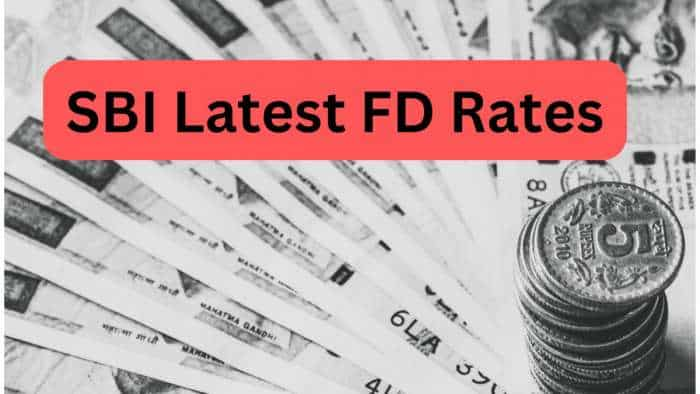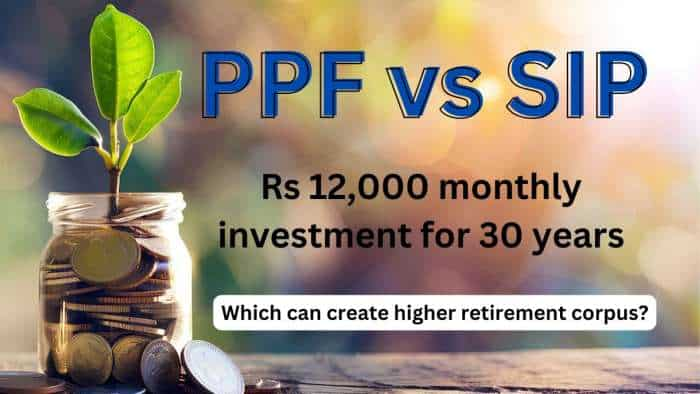Oil prices fall over 3% after service sector data raises Fed interest rate worries
The data challenges hopes that the Fed might slow the pace and intensity of its rate hikes amid recent signs of ebbing inflation.

Oil prices fell over 3% on Monday, following U.S. stock markets lower, after U.S. service sector data raised worries that the Federal Reserve could continue its aggressive policy tightening path.Brent crude futures settled down $2.89, or 3.4%%, at $82.68 a barrel.
West Texas Intermediate crude (WTI) fell $3.05, or 3.8%, to $76.93 a barrel.
Both benchmarks had earlier risen more than $2, before reversing direction. During the session, WTI's front-month contract began trading lower than prices in half a year , a market structure called contango, which implies oversupply.
U.S. services industry activity unexpectedly picked up in November, with employment rebounding, offering more evidence of underlying momentum in the economy as it braces for an anticipated recession next year.
The news caused oil and stock markets to pare gains.
The data challenges hopes that the Fed might slow the pace and intensity of its rate hikes amid recent signs of ebbing inflation.
"Macro-economic jitters about the Fed and what they're going to do on interest rates are taking over the market," said Phil Flynn, an analyst at Price Futures group.
Supporting the market earlier, the Organization of the Petroleum Exporting Countries and allies including Russia, together called OPEC+, agreed on Sunday to stick to their October plan to cut output by 2 million barrels per day (bpd) from November through 2023."The decision ... is not a surprise, given the uncertainty in the market over the impact of the Dec. 5 EU Russia crude oil import ban and the G7 price cap," said Ann-Louise Hittle, vice president of consultancy Wood Mackenzie.
"In addition, the producers’ group faces downside risk from the potential for weakening global economic growth and China’s zero COVID policy."The Group of Seven (G7) countries and Australia last week agreed on a $60 a barrel price cap on seaborne Russian oil.
However, the price cap's effect on the futures market during Monday's session ran out of steam by the end of the day, said Andrew Lipow, president of Lipow Oil Associates in Houston.
"The market has realized that the EU is already banning the purchase of Russian oil with a few limited exemptions, and China and India are going to continue and purchase Russian crude oil, so the impact of the price cap will be mitigated," Lipow said.
At the same time, in a positive sign for fuel demand in the world's top oil importer, more Chinese cities eased COVID curbs over the weekend.
Business and manufacturing activity in China, the world's second-largest economy, have been hit this year by strict measures to curb the spread of the coronavirus.
Click Here For Latest Updates On Stock Market | Zee Business Live
Get Latest Business News, Stock Market Updates and Videos; Check your tax outgo through Income Tax Calculator and save money through our Personal Finance coverage. Check Business Breaking News Live on Zee Business Twitter and Facebook. Subscribe on YouTube.
RECOMMENDED STORIES

SBI Latest FD Rates: PSU bank pays these returns to senior citizens and other depositors on 1-year, 3-year and 5-year fixed deposits

Power of Rs 15,000 SIP: How long it will take to achieve Rs 7 crore corpus? See calculations to know

SIP in Stocks For New Year 2025: Market guru Anil Singhvi recommends 1 largecap, 2 midcap scrips to buy in dips; note down targets

Largecap, Midcap Stocks To Buy: Analysts recommend buying L&T, Tata Motors, 3 other stocks for 2 weeks; check targets
09:18 AM IST









 Global Distriparks reports 18% drop in net profit to Rs 60.1 crore
Global Distriparks reports 18% drop in net profit to Rs 60.1 crore Global Markets Plunge 10% Amidst US Recession Fears and Economic Slowdown
Global Markets Plunge 10% Amidst US Recession Fears and Economic Slowdown Global stock market: World shares are mixed after Wall Street closes another winning week
Global stock market: World shares are mixed after Wall Street closes another winning week Global stock market: World shares rise ahead of Fed's decision on interest rates
Global stock market: World shares rise ahead of Fed's decision on interest rates Global stock market today: Wall Street opens lower ahead of Fed meeting
Global stock market today: Wall Street opens lower ahead of Fed meeting